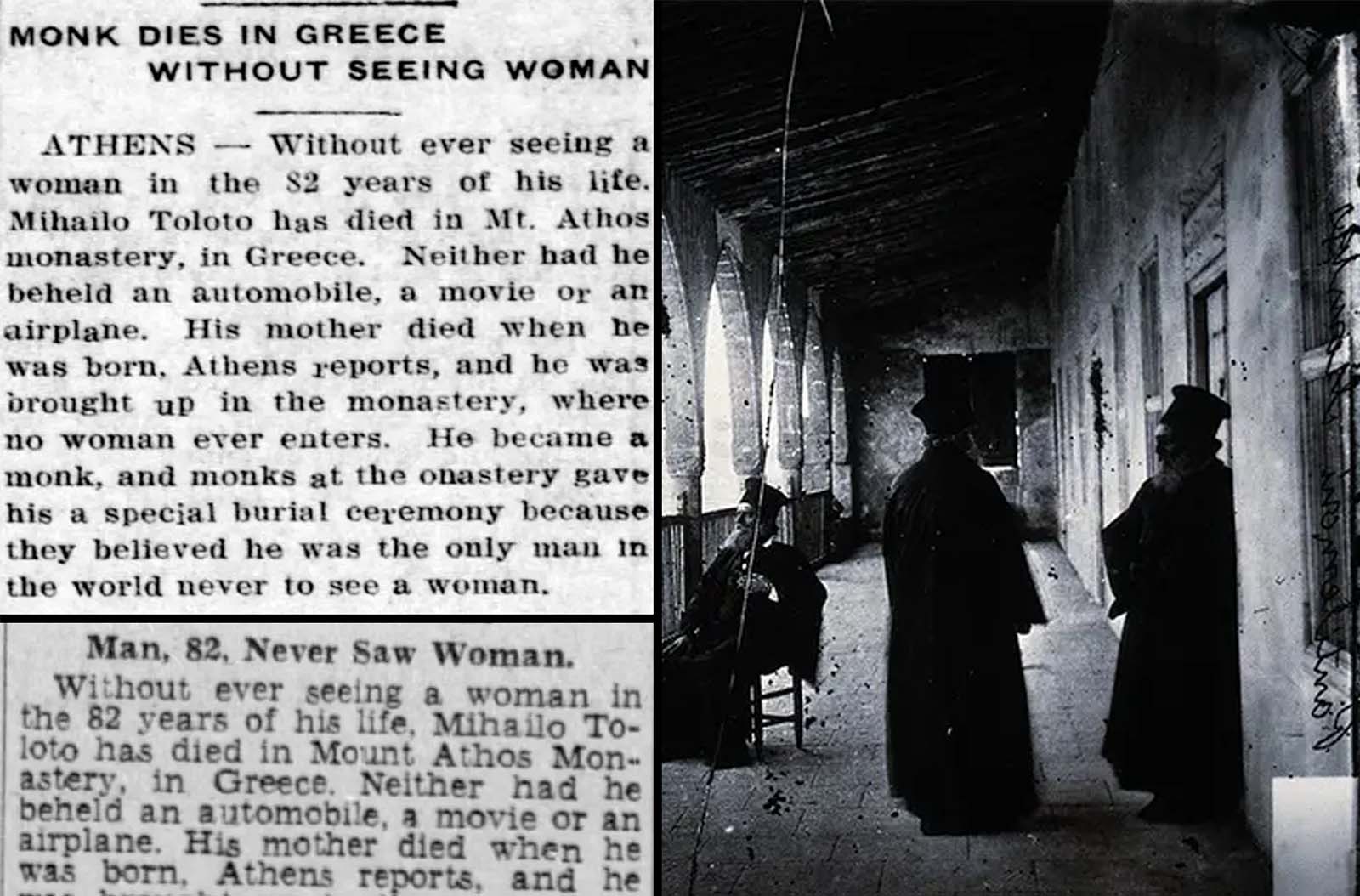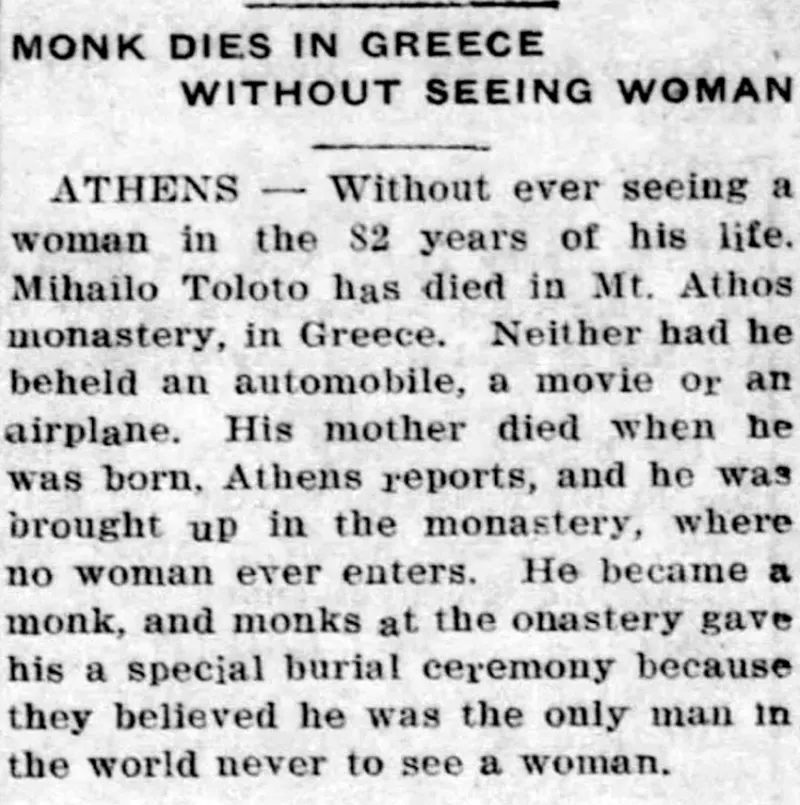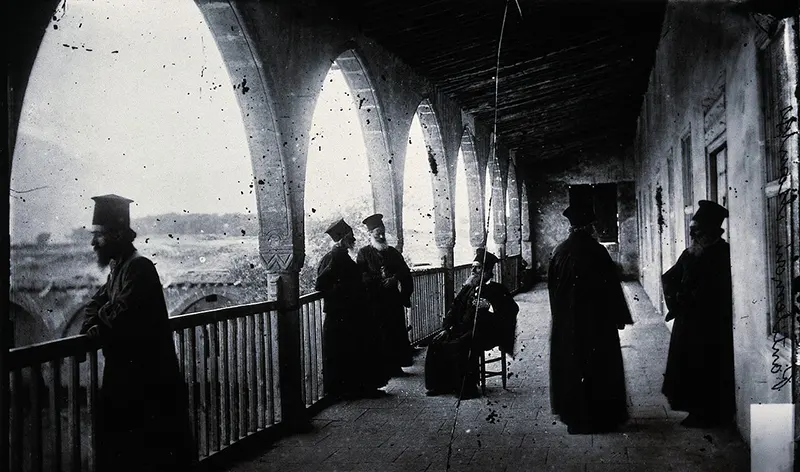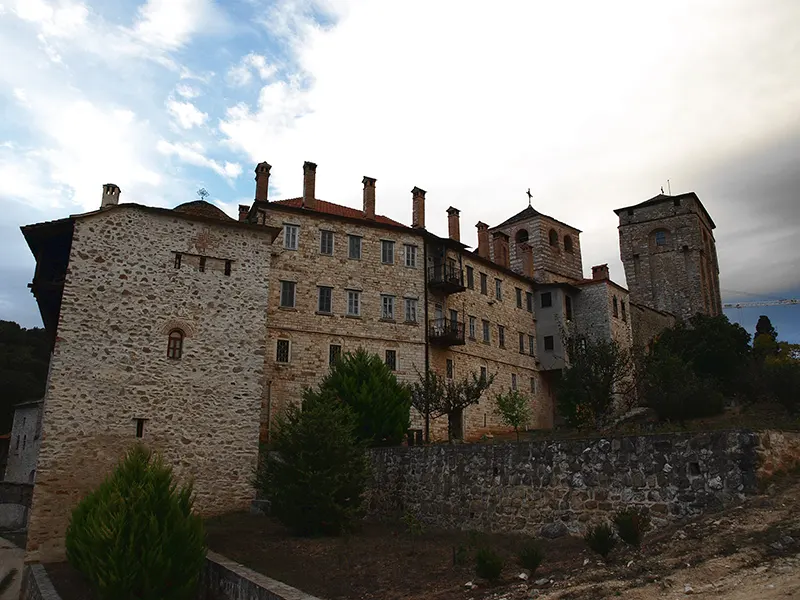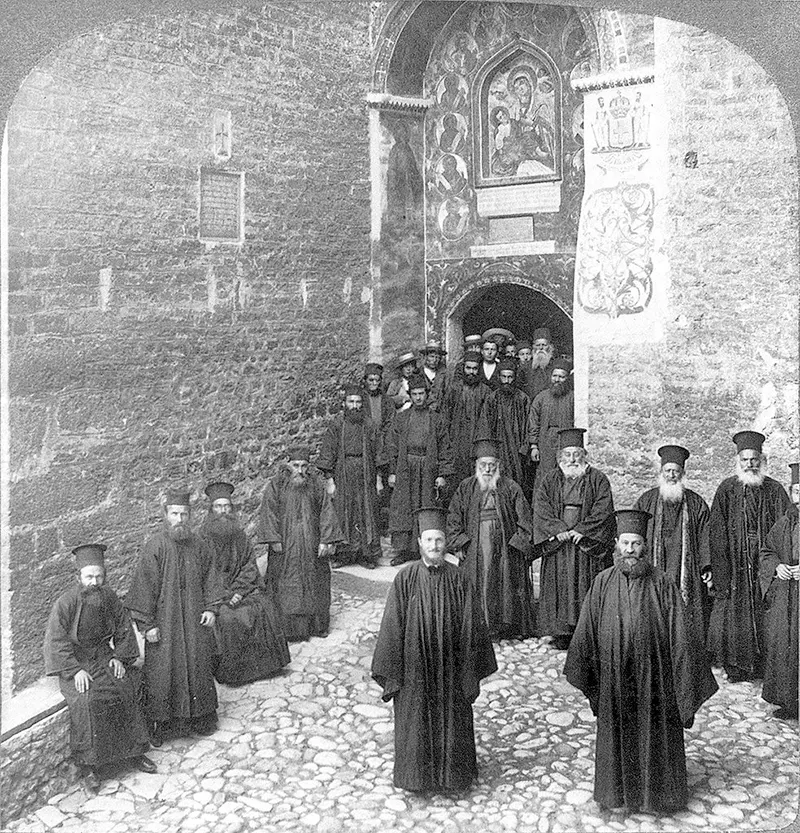According to the article, the monk had spent his entire life on Mount Athos. While the story of the Greek monk who never saw a woman is intriguing, it’s important to note that there is no way to verify the accuracy of this account. As the story goes, in 1856, just after 4 hours after his birth, his mother passed away. Since no father or other family members came forward, the boy was abandoned on the steps of a monastery atop Mount Athos. He was adopted by the monastery and the monks named him Michael Tolotos. Tolotos’ formative years and lifelong residency were exclusively confined to Mount Athos, where he was nurtured under the guardianship of Greek Orthodox monks within the confines of the monastery. The community’s disciplinary code, which mandated rigorous compliance by all inhabitants, was the very backdrop of Tolotos’ upbringing. One of the most notable rules that have existed for over a thousand years in Mount Athos is that females were not allowed to enter the area. Laws forbidding women and domestic animals from entering the Mount have existed since the 10th century and are still in force today. The reason behind this rule was to ensure that all the monks living in all the monasteries of Mount Athos could fulfill their requirement to stay celibate for their entire life. Tolotos never left Mount Athos, dying there in 1938 at the age of 82. As a result of this and the ascetic lifestyle the monks enjoyed which rejected modern conveniences, it is believed that Tolotos died having never seen a woman. While the story of Mihailo Tolotos is widely circulated, it’s important to note that there are no historical records or evidence to support the existence of such a person. It’s possible that the story is a work of fiction or a myth created to emphasize the virtues of celibacy and monasticism in the Orthodox Christian tradition. However, the clips from the newspapers are real but the original source remains questionable. Mount Athos is a monastic community located in Greece that has a long history of adhering to a strict rule that prohibits women from entering the monastic republic. The rule, known as the avaton, has been in place for over a thousand years and is based on the belief that the presence of women could disrupt the spiritual purity of the monastic way of life. As a result of the avaton rule, women are not permitted to enter Mount Athos, except for a small strip of land at the southern end of the peninsula, which is the only place where female visitors are allowed. Even then, women are required to obtain a permit and adhere to strict dress codes and other regulations. Female domestic animals such as cows or sheep are also barred, the only exception being cats due to their mousing abilities. The avaton rule has been the subject of controversy over the years, with some arguing that it is discriminatory and outdated. In recent years, there have been calls to allow women to visit Mount Athos, with some advocating for a more inclusive and open approach to monasticism. Despite these calls for change, many of the monasteries on Mount Athos continue to uphold the avaton rule, and the community remains an important center of Orthodox Christian spirituality and culture. Today, Mount Athos is recognized as a UNESCO World Heritage Site and attracts thousands of visitors every year, many of whom are drawn to its rich history and spiritual traditions. The monastic community of Mount Athos is an Eastern Orthodox community of monks in Greece who hold the status of an autonomous region as well as the combined rights of a decentralized administration, a region and a municipality, with a territory encompassing the distal part of the Athos peninsula including Mount Athos. In modern Greek, the community is commonly referred to as Agio Oros (Άγιο Όρος) translating to ‘Holy Mountain’, while Oros Athos (Greek: Όρος Άθως) is used to denote the physical mountain and Hersonissos tou Atho (Χερσόνησος του Άθω) in respect to peninsula. The community includes 20 monasteries and the settlements that they depend on. The monasteries house around 2,000 Eastern Orthodox monks from Greece and many other countries, including Eastern Orthodox countries such as Romania, Moldova, Georgia, Bulgaria, Montenegro, Serbia and Russia, who live an ascetic life at Athos, isolated from the rest of the world. The Athonite monasteries feature a rich collection of well-preserved artifacts, rare books, ancient documents, and artworks of immense historical value, and Mount Athos has been listed as a World Heritage Site since 1988. Although Mount Athos is legally part of the European Union like the rest of Greece, the Monastic community institutions have a special jurisdiction which was reaffirmed during the admission of Greece to the European Community (precursor to the EU). This empowers the monastic community’s authorities to restrict the free movement of people and goods in its territory. (Photo credit: Wikimedia Commons). Notify me of new posts by email.
Δ Subscribe
